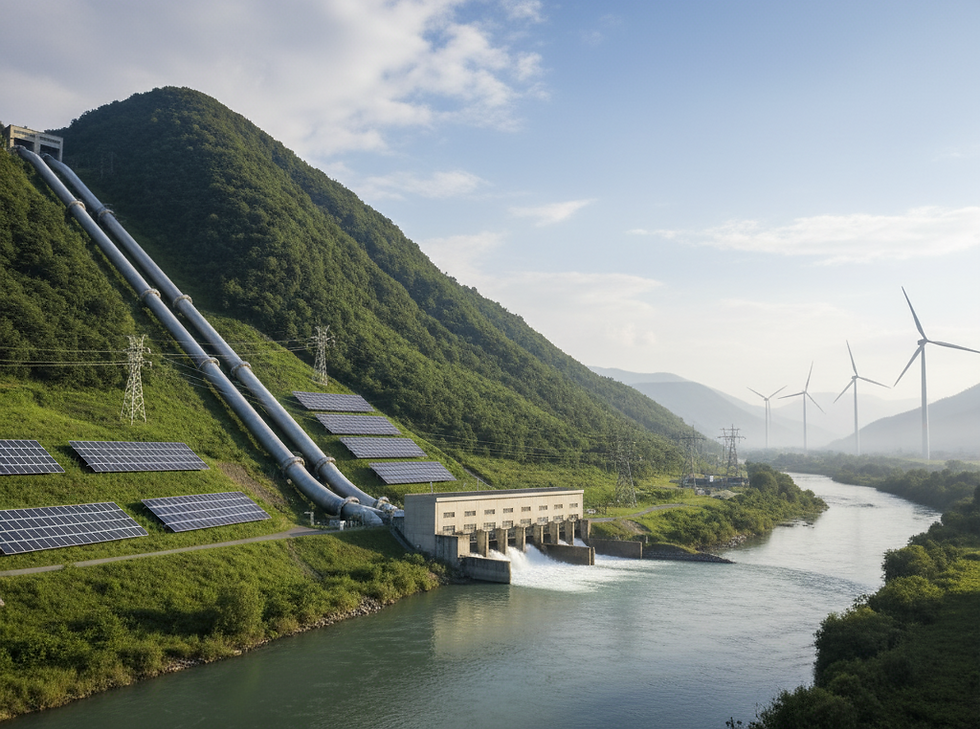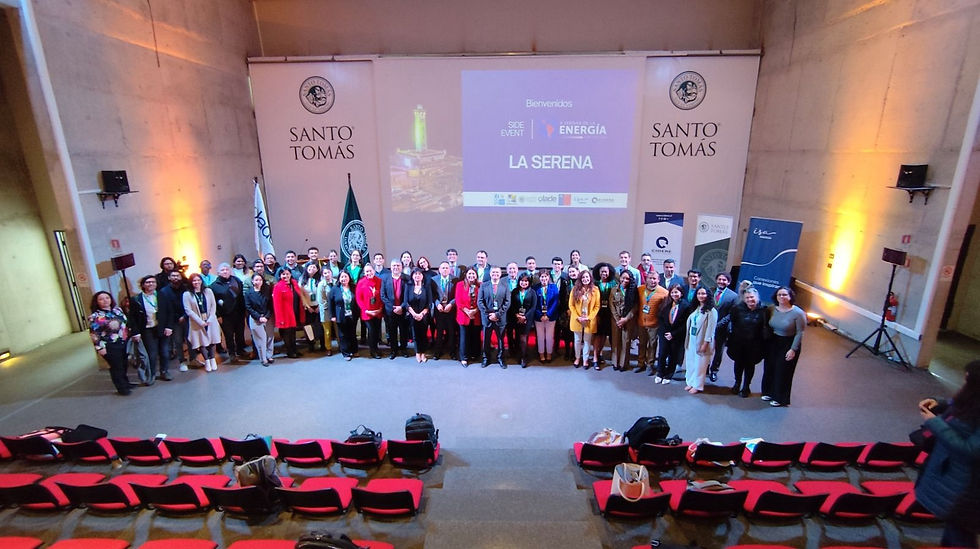Spain, Portugal and France suffer historic blackout: the relevance of forecasting data according to Suncast
- Comunicaciones Suncast

- Apr 29
- 2 min read
Updated: May 20
Suncast’s technology allows the prediction of solar and wind energy generation using crucial high-precision artificial intelligence models for the recovery of electricity systems.
A massive blackout began at 12:12 Spanish time on the 28th of April 2025, leaving most of Spain without electrical supply, as well as some parts of Portugal and France, paralyzing essential services, such as public transport, communication services and commercial activity.
“The Iberian Electricity Market (MIBEL) includes mainland Spain and Portugal’s electricity systems as one, and they have interconnections with France, Portugal, Andorra and Morocco, causing an energy imbalance and blackouts in other zones”, said Constanza Levicán, Suncast’s founder and CEO.
The exact reasons for the mass blackout are still unknown, although Spain’s Red Eléctrica stated that strong fluctuations in power caused Spain’s electricity system to disconnect from the European network.
Nevertheless, Redes Energéticas Nacionais (REN), Portugal’s Electricity Network, added that the cause of the electricity outage is “a strange atmospheric phenomenon in Spain resulting from extreme temperature variations in the country”.
In this regard, Levicán explains that technologies such as Suncast’s “provide very precise renewable energies' generation forecasts and are essential for electrical system recovery. As was the case in Chile, the long-awaited network recovery was caused by the time needed to reactivate data and telecommand processing, which are in charge of turning the power plants back on.
New European standard will change from hourly to quarter-hourly operation
The founder and CEO of Suncast mentions that, recently, the European Union decided to reinforce the interconnection of electricity systems, known as the Internal Energy Market (IEM), to stabilize electricity prices and increase the security and resilience of its operation.
To achieve this, the European Council proposed to move towards greater coordination, increasing the time resolution of the day-ahead market: the market time (UTM), which was 60 minutes, will now be 15 minutes (ISP-15). This requires power plants to send four times the amount of data with energy generation forecasts every 15 minutes, allowing more precise scheduling, as well as increasing efficiency and market flexibility. Additionally, a goal was set for the member countries, which is to reach at least 10% of interconnection in 2025 and 15% in 2030.
Most European countries have already implemented the new ISP-15 standard. Nevertheless, Levicán mentions that corresponding technical trials held by MIBEL just started this month. It is expected that from June onwards, and reaching 10% interconnection at a European level, the restoration of electrical systems in the event of blackouts will be faster, and energy prices will be more stable.
.png)




Comments